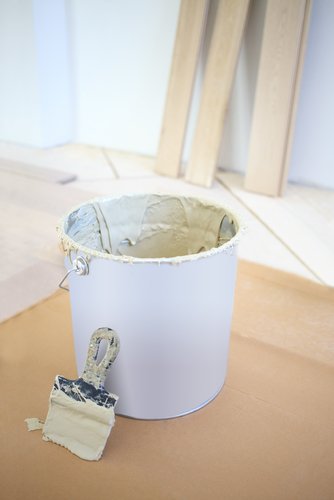Substitutes in Adhesives, Coatings, and Inks
On this page:
- Overview
- End-uses
- Adhesives
- Coatings
- Inks
- Related Resources
Overview
Under Title VI of the Clean Air Act, the SNAP program identifies and evaluates substitutes in end-uses that have historically used ozone-depleting substances (ODS). SNAP listings of acceptable alternatives can also help sectors transition away from high global warming potential hydrofluorocarbons (HFCs) addressed under the American Innovation and Manufacturing (AIM) Act including its Technology Transitions Program. For example, some substitutes that are listed as acceptable under the SNAP program, starting with the first SNAP rulemaking in 1994, might be subject to more recent restrictions established under the Technology Transitions Program. For detailed information on specific restrictions and guidance, please refer to the Technology Transitions Program.
End-uses
Adhesives, coatings, and inks traditionally contain solid components that are suspended in a solvent, spread over a surface and bond to it, and then allow the solvent to evaporate. Prior to the Montreal Protocol, the ozone-depleting substance methyl chloroform was often used as the carrier solvent in adhesives, coatings, and inks.
Adhesives
Adhesives are formulations of sticky solids used to adhere pieces of material together. Common uses are laminate adhesives, flexible foam adhesives, and hardwood floor adhesives.
Coatings
Coatings are durable and decorative coatings such as paints, wood stains, and aerospace coatings that contain solids distributed through a carrier solvent.
Inks
Inks are pigments distributed through a carrier solvent including flexographic and rotogravure printing inks.

